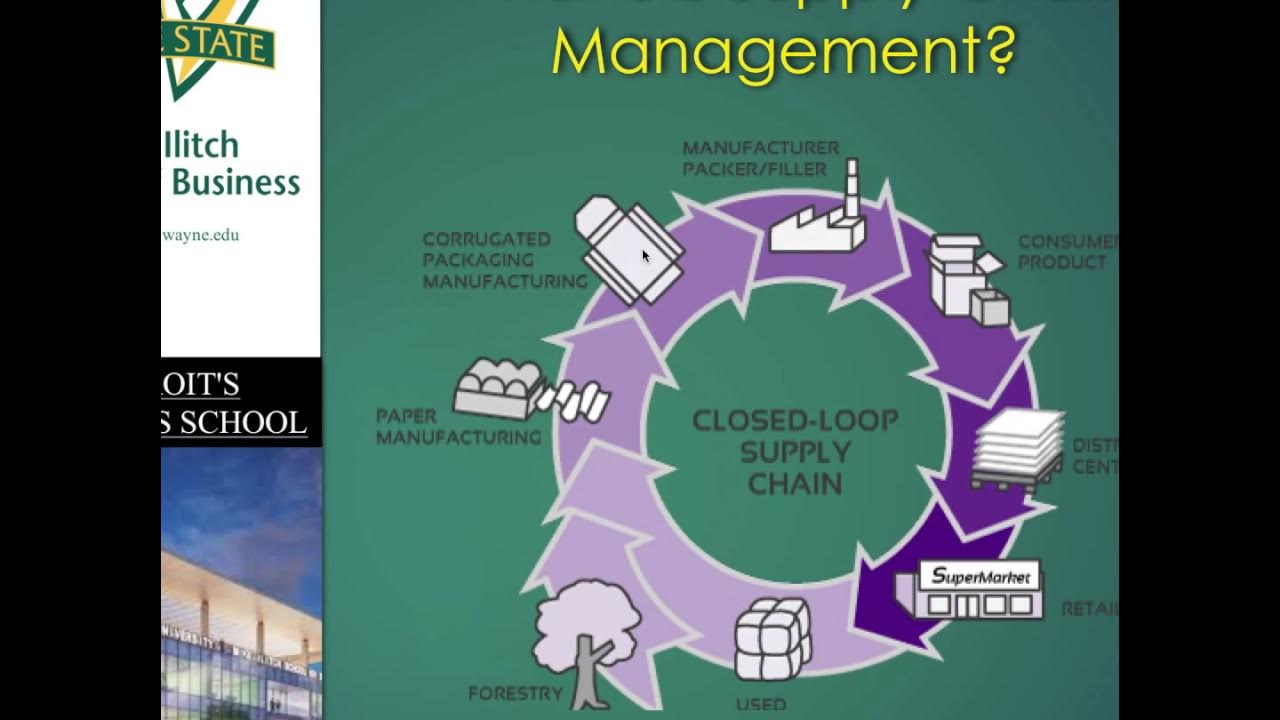What Toilet Paper Can Teach Us About Supply Chains | Willy Shih | TEDxBeaconStreet
Summary
TLDRWillie Shee, a Harvard Business School professor, explains the impact of the global pandemic on supply chains using toilet paper as an example. He discusses how stable demand, bulky shipping, and local production affect toilet paper supply. The pandemic exposed limitations in supply chains, including difficulties in scaling production, varying product types for consumers and institutions, and excessive variety in packaging and brands. Shee highlights how consumer demand for variety complicates forecasting and supply chain management, ultimately contributing to shortages during crises.
Takeaways
- 📦 A supply chain refers to the entire process of producing and transporting goods, from raw materials to the store where consumers buy them.
- 🛍️ People's personal supply chains often stop at the store (like Amazon or Walmart), but true supply chains go much farther back to raw material sourcing.
- 🚽 Toilet paper is used as an example because it's a product everyone understands, and its demand remains stable without seasonal spikes.
- 🌍 Most countries, including the US and China, produce their own toilet paper domestically due to its bulkiness and low value, making it inefficient to ship over long distances.
- 🏭 Factories are designed to meet stable demand and can’t easily ramp up production without expanding capacity, especially for bulky items like toilet paper.
- 🚚 Increasing production requires more trucks and logistical support, even if the product is made close to where it's sold.
- 🔄 There’s a significant difference between consumer toilet paper and institutional toilet paper (used in hotels, restaurants), and factories must adjust production accordingly.
- 📦 Packaging also plays a role in supply chain complexity, as stores need the right type of packaging and roll counts for different outlets.
- 🎨 Excessive variety in products creates additional challenges in forecasting and stocking, which became apparent during the pandemic.
- ❌ The pandemic highlighted weaknesses in forecasting demand and managing excessive product variety, contributing to shortages.
Q & A
What is the definition of a supply chain according to the speaker?
-A supply chain is the entire string of producers and logistics providers that start from raw materials and end with the final product being available in stores.
Why does the speaker use toilet paper as an example to explain supply chains?
-The speaker uses toilet paper as an example because it is a simple product that everyone understands, and it helps illustrate basic supply chain concepts effectively.
Why was there a shortage of toilet paper during the pandemic despite stable demand?
-The shortage occurred because production capacity was sized based on stable demand, making it difficult for factories to quickly ramp up production. Additionally, there were challenges related to transportation, product types, and packaging variety.
How does the nature of toilet paper affect its supply chain?
-Toilet paper is inexpensive but bulky, making it non-ideal for long-distance shipping. This means it is usually produced close to where it will be sold, and each country tends to be self-sufficient in its production.
What is the difference between consumer toilet paper and institutional toilet paper?
-Consumer toilet paper is typically softer and multi-ply, while institutional toilet paper is made as cheaply as possible, leading to different production processes and products.
What role does packaging play in the toilet paper supply chain?
-Packaging plays a crucial role because each retail chain may require different packaging formats (e.g., specific roll counts or branding), which makes the supply chain more complex and harder to adjust in times of increased demand.
What challenges arise from excessive product variety in the supply chain?
-Excessive product variety complicates forecasting and inventory management, as retailers and manufacturers must predict demand for multiple SKUs, increasing the risk of shortages and imbalances during disruptions.
How did changes in toilet paper usage during the pandemic affect supply chains?
-People used more consumer toilet paper at home instead of institutional toilet paper in offices, hotels, and schools, which led to shortages in consumer products while supply chains struggled to adapt to the shift in demand.
What is meant by the term 'SKU' in the context of supply chains?
-SKU stands for 'Stock Keeping Unit,' which refers to specific product types, such as different brands, sizes, or packaging formats, used for inventory management in retail.
What is the main message the speaker wants to convey about supply chains using the example of toilet paper?
-The speaker emphasizes that supply chains are vulnerable to disruptions due to their complexity, especially when there is excessive variety, making it challenging to adjust quickly to changes in demand.
Outlines

This section is available to paid users only. Please upgrade to access this part.
Upgrade NowMindmap

This section is available to paid users only. Please upgrade to access this part.
Upgrade NowKeywords

This section is available to paid users only. Please upgrade to access this part.
Upgrade NowHighlights

This section is available to paid users only. Please upgrade to access this part.
Upgrade NowTranscripts

This section is available to paid users only. Please upgrade to access this part.
Upgrade NowBrowse More Related Video
5.0 / 5 (0 votes)





